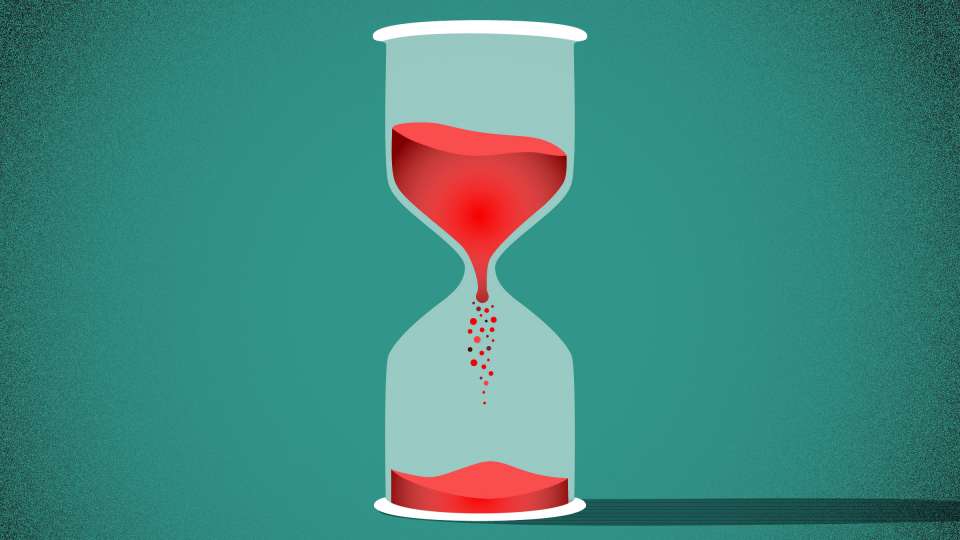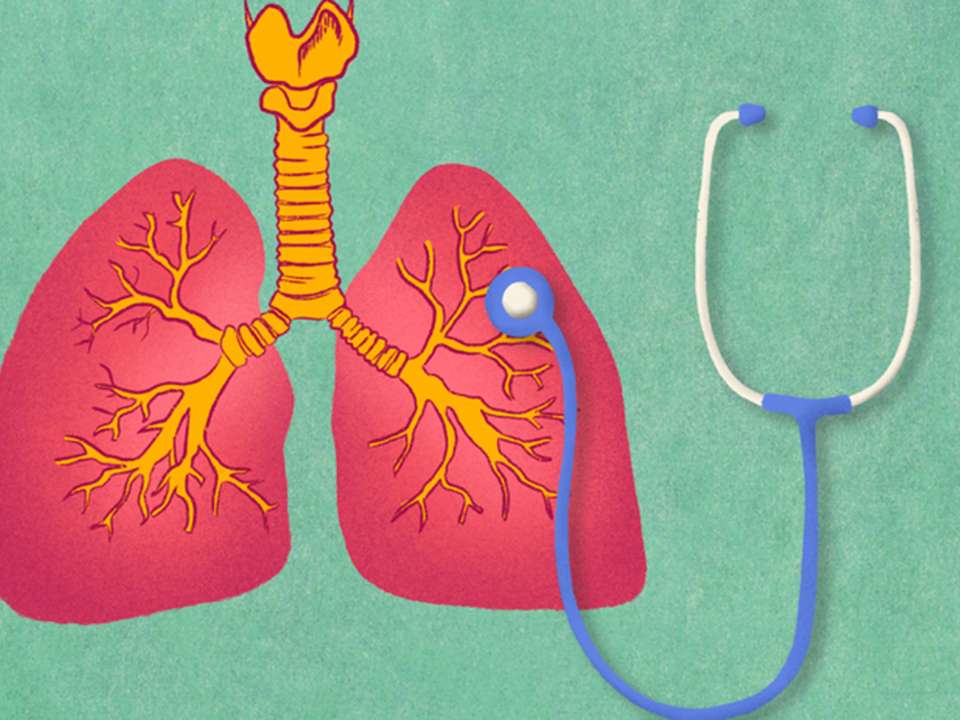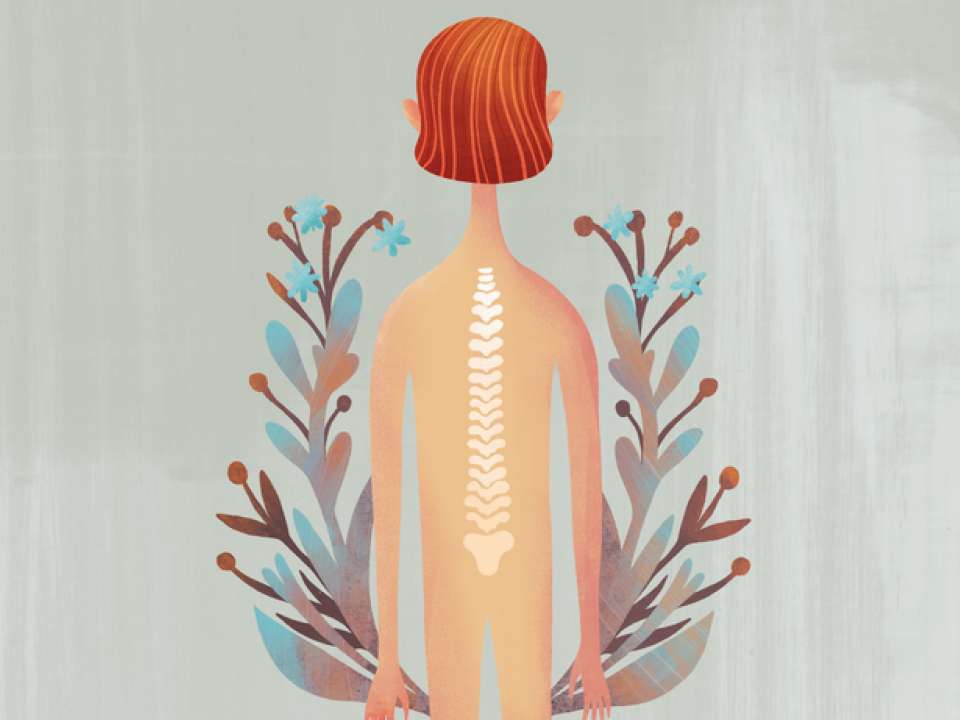
No one wants to imagine being in an emergency life-or-death situation.
The hard truth is these situations are becoming more common. Gun violence is rising in the U.S., including right here in King County, and other deadly emergencies, car crashes and accidents occur far too often.
When these crises happen, the first people who can provide lifesaving help are bystanders who are already onsite.
“One of the highest ways people die in an active shooter situation is bleeding to death, because you can bleed to death in five to 10 minutes from a major bleed. Even with the best EMS in the world, it’s still going to take seven to 10 minutes to get to you. If someone knows what to do in that little time, they can save a life,” says Maria Paulsen, trauma outreach education coordinator at Harborview Medical Center and Stop the Bleed trainer.
As a bystander, you have the chance to stop severe bleeding and help someone hang on until emergency services arrive. Here’s how.
1. Assess the wound
First things first: Take a deep breath, you can do this.
In an emergency, your fight or flight response will kick in and hormones like adrenaline will pump through your body. You may feel shaky, nauseous or experience tunnel vision — all of which are completely normal responses.
The good news is having some training — including thinking about what you would do and reading this article — will help you move through shock and jumpstart into action.
Do your best to stay calm and start by looking for where the person is bleeding. This will help you determine if they have multiple wounds that need to be addressed, if the wounds are deep enough that they need to be packed and if the person needs a tourniquet.
You may need to tear open or remove clothing to see the injury and assess if it is severe. Life-threatening injuries will spurt blood, leave a pool of blood, soak through clothing, continuously bleed, cause loss of or sever a limb, and/or result in the injured person being confused or unconscious.
2. Pack the wound and apply pressure
It’s important to pack (aka stuff) deep gashes or lacerations to help stop them from bleeding.
While in ideal circumstances you’d use sterilized materials, this is not the priority in an emergency response situation. Pack the wound with clean material if possible, and otherwise use whatever material is readily available, such as a t-shirt.
“You do not need to clean the wound, and you don’t need to worry about infection; we can always give antibiotics later. The key is to stop bleeding at this point,” Paulsen says.
You should also leave any large items, like bullets or glass, in place. Pack around the items and apply as much pressure as you can.
As for pain, we won’t sugar coat it: Packing the wound and applying pressure will be painful for the person who is injured. But it’s also the most essential measure to prevent them from bleeding to death.
“You are going to hurt them but it’s OK,” Paulsen says. “It can save a life.”
Apply as much pressure on the wound as you can. Major blood vessels, like the femoral artery, are deep inside the body near the bone, so it will require a significant amount of pressure to stop them from bleeding.
3. Use a tourniquet if available
A tourniquet, or a device used to limit the flow of blood to a limb, should be used on an injured arm or leg if the injury is severe and proper equipment is available. That said, a tourniquet does require some technical knowledge to apply correctly.
Instead, you’ll want to use a tourniquet from a bleeding control kit, which can be purchased online and placed in your home or workplace similar to automated external defibrillator (AED) machines for heart attacks. The device looks like a belt, with a long strap and buckle, plus a small rod and holder that helps tighten the tourniquet once it’s in place.
To use a tourniquet, place it at least 2 to 3 inches above the wound (though do not place over joints, like elbows and knees). You can fasten a tourniquet around clothing, so don’t worry if there is part of a sleeve or pantleg underneath — just make sure there is nothing in a pocket that would prevent a snug, secure fit, Paulsen says. Clip the tourniquet buckle together and pull it as tight as possible.
“You should not be able to get a finger underneath,” Paulsen explains.
Twist the rod, called a windlass rod, to further tighten the device and increase pressure on the limb. Then, fasten the rod into its holder and use the Velcro to keep it in place.
If you have a marker or pen to note the time, you can note it on the tourniquet or somewhere on the person themselves. When first responders arrive, they will check this time stamp so they can triage which people need care first.
What if you don’t have a proper tourniquet? Go back to the basics and pack and put pressure on the injury.
“Even if you don’t have the proper equipment, everyone can do pressure and packing of a wound,” Paulsen says.
Whether via a tourniquet or your hands, you want to maintain pressure for as long as you can, and until emergency services arrive. This will allow the blood to clot and will prevent further bleeding.
The bottom line
Paulsen notes in emergency situations, many people don’t help someone who is severely bleeding for fear that they’ll make things worse — but when it comes to applying pressure to stop a bleed, this simply isn’t the case.
“No matter what you do, you can’t make it worse because the only other alternative is they will die,” she says.
Being in this life-or-death situation is terrifying, but you have the power to help.
Taking a class to learn the skills and build muscle memory can help you feel more confident in an emergency. While Paulsen and her Stop the Bleed team’s courses are currently on hiatus due to the pandemic, she anticipates they will start back up in January 2022.
Whether you take class, purchase a tourniquet kit or take time to think about how you would respond, know that every action makes a difference. Being prepared means you are more likely to aid others in an emergency — and the more people are trained to stop severe bleeding, the more lives will be saved.

 Healthy ideas for your inbox
Healthy ideas for your inbox





